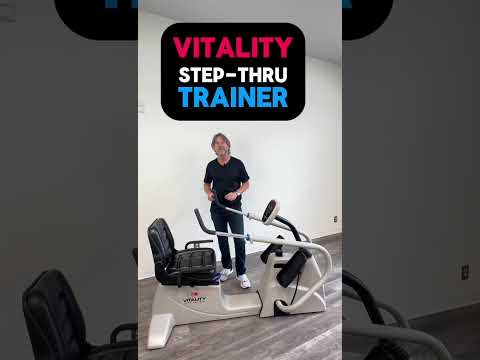Finding Your Personal Workout Schedule
In the realm of fitness, one question frequently arises: How long should a workout be? With countless opinions and conflicting advice, finding the optimal duration can feel like navigating a maze. However, by understanding your goals, body, and lifestyle, you can tailor your workout duration to maximize effectiveness and enjoyment. Let's delve into the best practices for determining the ideal length of your exercise sessions.

-
Define Your Goals: The duration of your workout should align with your fitness objectives. Are you aiming to improve cardiovascular health, build muscle, enhance endurance, or lose weight? Different goals require different approaches. For example, a high-intensity interval training (HIIT) session may last 20-30 minutes for fat loss, while a strength training routine may take 45-60 minutes to effectively target muscle groups.
-
Listen to Your Body: Pay attention to your body's signals during exercise. Are you feeling fatigued, energized, or somewhere in between? Overtraining can lead to burnout and injury, while undertraining may hinder progress. Find a balance that challenges you without pushing you to the point of exhaustion. If you're feeling excessively tired or sore, consider shortening your workout duration or incorporating rest days into your routine.
-
Quality Over Quantity: Focus on the quality of your workout rather than the duration. A shorter, more intense session can be just as effective (if not more so) than a longer, moderate-intensity workout. HIIT workouts, for example, involve short bursts of intense activity followed by brief rest periods, maximizing calorie burn and cardiovascular benefits in a fraction of the time. Prioritize intensity, proper form, and progression to make the most of your time spent exercising.
-
Consider Time Constraints: In today's busy world, time is a precious commodity. If you have limited time available for exercise, don't let that deter you from working out altogether. Shorter, more frequent sessions can be just as beneficial as longer workouts. Incorporate quick, efficient workouts into your schedule, such as 20-minute circuit training or a brisk 30-minute walk during your lunch break. Consistency is key, so aim to move your body regularly, even if it's just for a short duration.
-
Mix It Up: Variety is not only the spice of life but also essential for avoiding workout plateaus and boredom. Incorporate a mix of different workout durations and modalities into your routine to keep things interesting and challenging. Alternate between longer endurance cardio workouts, shorter HIIT sessions, and moderate-intensity strength training to target different energy systems and muscle groups while preventing overuse injuries.
-
Listen to Your Schedule: Life can be unpredictable, and sticking to a rigid workout schedule isn't always feasible. Be flexible and adapt your workout duration to fit your schedule and energy levels. On days when time is limited, focus on shorter, more intense workouts. On days when you have more time to spare, indulge in longer, more leisurely exercise sessions. The key is consistency over time, rather than perfection in each individual workout.
-
Recovery Matters: Don't overlook the importance of rest and recovery in your fitness routine. Overtraining can lead to diminished performance, increased risk of injury, and burnout. Schedule regular rest days and incorporate active recovery activities such as yoga, stretching, or leisurely walks to help your body recover and recharge. Remember, progress happens during rest, not just during exercise.
As explained, the ideal duration of a workout is highly individualized and depends on factors such as goals, fitness level, time constraints, and lifestyle. Rather than adhering to a rigid set of rules, focus on finding a balance that works for you. Listen to your body, prioritize quality over quantity, and be flexible in your approach. By incorporating these best practices into your fitness routine, you can optimize your workouts and achieve lasting results while enjoying the journey to a healthier, happier you.







